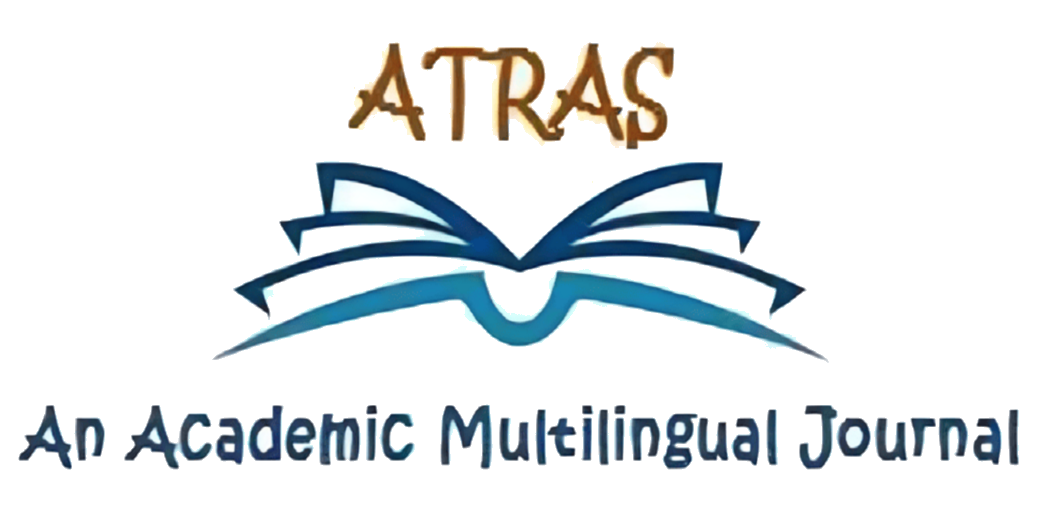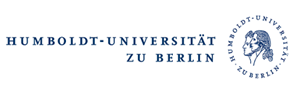Title: Hamartia in Effiong Johnson’s The Stolen Manuscript
Emmanuel Bunduga Tyogema
Gombe State University, Nigeria
Abstract
The artist striving for truth or sincerity had to guard his spontaneous vision against distortion or alteration by aesthetic conventions or preoccupations” Linda Nochlin (2006). A perpetrator of evil spends time and energy plotting how to pull his or her prey down, unknown to the target victim; life goes on normally with him or her. It is easier to do good than bad, and even much more beneficial. This research work disabuses the minds of the readers against evil acts which are often natural and justifiable by the standard of vices such as hatred, nepotism, envy, jealousy, and lack of growth mindset as seen in the character of Dr Martin and his accomplice, Mr Bayo. These weaknesses have been pointed out elsewhere, especially in the play of Sophocles ‘Oedipus Rex’ but not in Effiong’s The Stolen Manuscript which is peculiar to the Nigeria and Africa society. Realism as the lens through which the paper sponges and communicate the good and bad tendencies of characters in the play is deliberate. This allows the reader to make a choice, hence both sides are laid bare, though the paper is tilted towards good, and evil is punished leading to the hamartia of Dr Martin and Mr. Bayo. A man who is not eminently good and just yet whose misfortune is brought about not by vice or depravity but by some error or frailty (Aristotle). Tragedy does happen but not without a cause, there is always a prompter in this case: jealousy. This research shows the outcome of hard work, through Ukeme and retribution of evil jealousy through Martins. The ladder of academic prowess is accessible for willing and intending academics both in and out of educational institutions.
Keywords:
Effiong Johnson, envy, hamartia, The Stolen, manuscript
How to Cite this Paper:
Tyogema, E. B. (2023). Hamartia in Effiong Johnson’s The Stolen Manuscript. Atras Journal, 4(2), 58-67.
References
Albert A. S. (2010). The Hamartial of Aristotle. Legon Journal of the Humanities, 21.
Abrams M.H., & Geoffrey G. H. (2014). A Glossary of Literary Terms. International Edition, Wadsworth Cengage Learning.
Barry, P. (2009). Beginning Theory: An Introduction to Literary and Cultural Theory. Manchester and New York: Manchester University Press.
Effiong J. (2001). The Stolen Manuscript. Caltop Publications (Nigeria) Limited.
Golden L. (1978). Hamartia, Ate and Oedipus. Classical World: A Quarterly Journal on Antiquity, 72, 3-12.
Hall R. (1993). Hamartial and Heroic Nobility in Oedipus Rex: Philosophy and Literature, 17(2), 286-94
McGuinnes P. (2000) Marterlinck and the making of Modern Theatre. Oxford UP.
Merriam Webster. (2022). Hamartia. Merriam-Webster.com.
Encyclopedia Britannica. (2022). Hamartia (Ancient Greek) Error of Judgement or Tragic Flaw.
Nochlin L. (2006). Bathers, bodies, beauty: The visceral eye. Cambridge MA.: Harvard University Press.
Nereus Y. T. (2017). Beginning Literature. Ahmadu Bello University Press Limited, Zaria.
Shulrumpf, E. (1989). Traditional Elements in the Concept of Hamartia in Aristotle’s Poetics. Harvard Studies in Classical Philosophy.

Copyright for all articles published in ATRAS belongs to the author. The authors also grant permission to the publisher to publish, reproduce, distribute, and transmit the articles. ATRAS publishes accepted papers under the Creative Commons Attribution-NonCommercial 4.0 International (CC BY-NC 4.0) License. Authors submitting papers for publication in ATRAS agree to apply the CC BY-NC 4.0 license to their work. For non-commercial purposes, anyone may copy, redistribute material, remix, transform, and construct material in any media or format, provided that the terms of the license are observed and the original source is properly cited.







































































